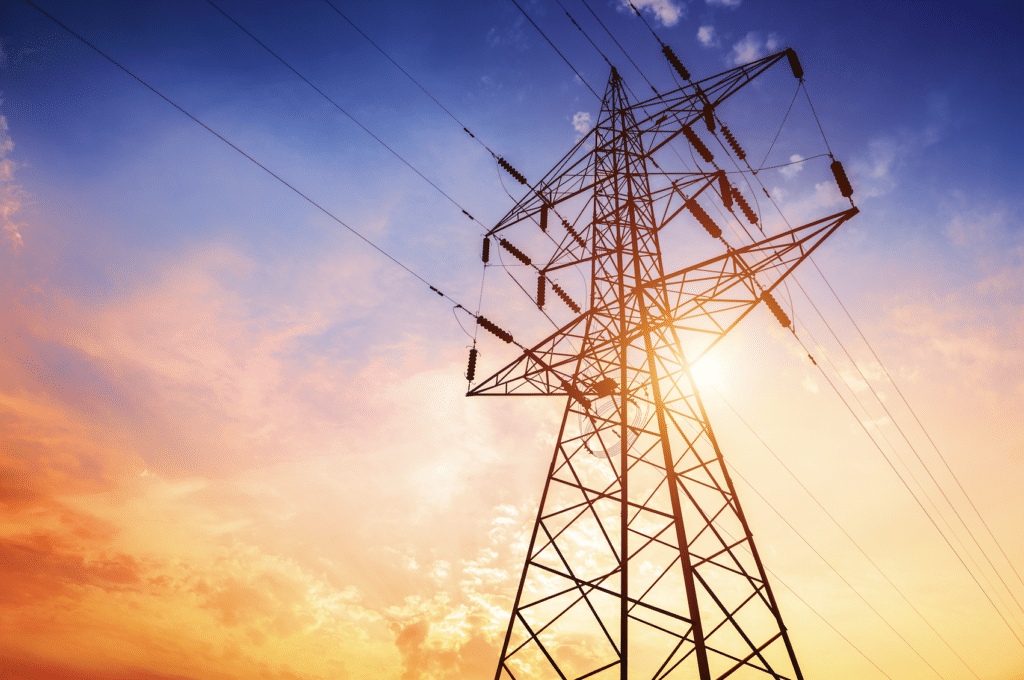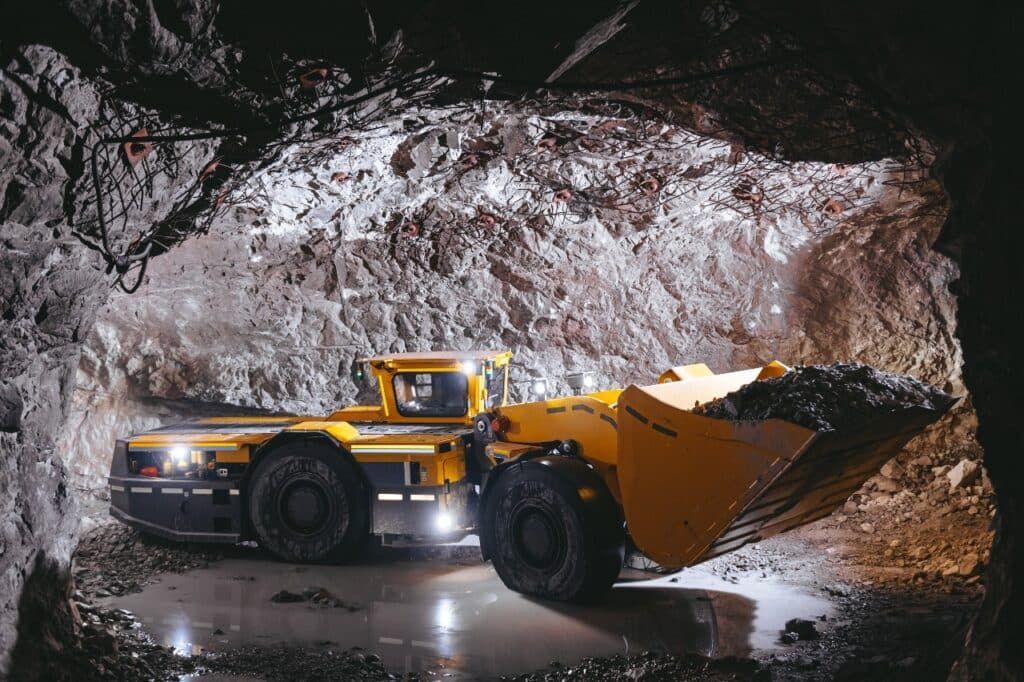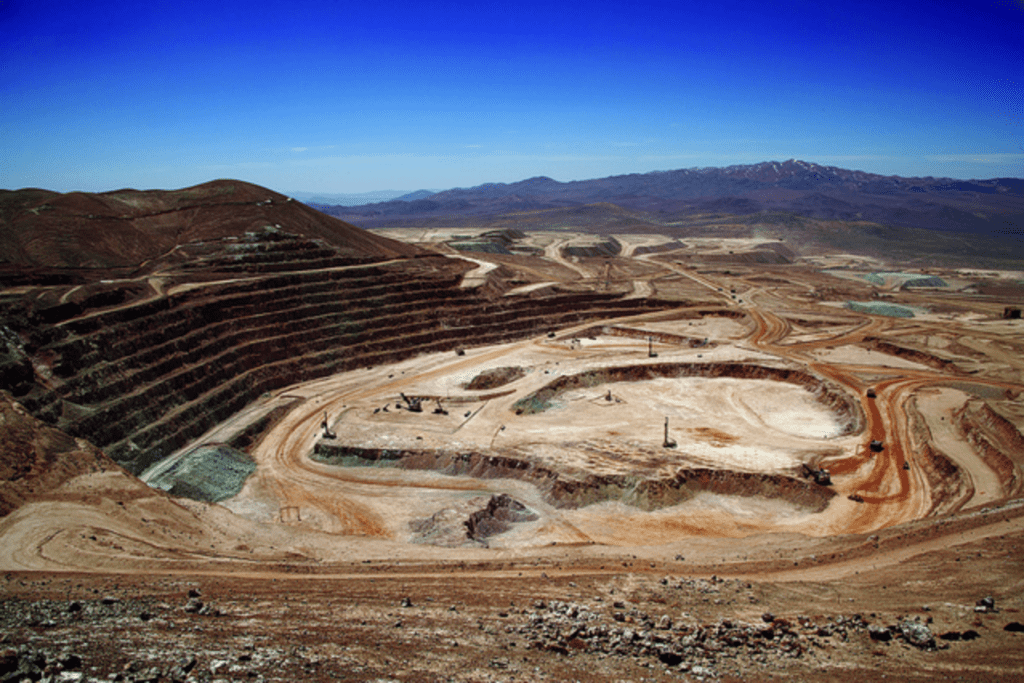Plan for silver mine near primary school faces NSW inquiry amid health concerns
Bowdens Silver says project presents no health risks but neurosurgeon tells inquiry this claim must be ‘seriously tested’
A New South Wales upper house inquiry, which previously looked at the impacts of the Cadia goldmine and Broula King goldmine, has turned its focus to a proposed silver and lead mine just 2km from a primary school.
The Bowdens Silver project, 2km from the village of Lue and 26km east of Mudgee, was approved in April 2023. The project lies on the largest known undeveloped silver deposit in Australia, identified as one of three significant projects by the NSW Resources Regulator alongside the McPhillamys gold mine and Narrabri gas project.
Silver has the highest electrical and thermal conductivity of any known material, making it an irreplaceable item in the production of crystalline solar panels, smartphones, medical appliances and household switches.
But the extraction of silver relies on drawing out the precious metal from highly toxic lead, to which there is no safe level of human exposure.
The neurosurgeon Dr Peter Bentivoglio told the inquiry that exposure to lead dust from mining can be “deleterious to human health”.
“We know chronic exposure to lead in children results in IQ levels drops of 10 to 15 points,” he said in the hearing. “Now, I don’t know about the rest of you but I don’t have 15 points to throw away,.
A spokesperson for Bowdens Silver told Guardian Australia that the mining project presented no health risk to the community.
“Comprehensive risk assessments were independently peer-reviewed and assessed by multiple government agencies including NSW Health, the Environment Protection Authority and the Department of Planning and Environment,” they said.
“These all showed the project presents no health risks to the local community and no agency raised objections to this conclusion.”
The inquiry is looking into the current and potential impacts of gold, silver, lead and zinc mining on human health, land, air and water quality.
Despite assurances, Bentivoglio told the hearing that he had his doubts.
“The statement that says there’s no health impacts as a result of the Bowdens lead mine, if it goes ahead, would have to be seriously tested.”
Bentivoglio described a comprehensive air monitoring system and blood testing program, similar to those in Broken Hill and Mount Isa, where elevated lead levels have been found in children as young as two.
“The cost should be borne completely by the mining companies,” he told the inquiry. “[Testing] will have to go for a long time with children because it’s going to be all their life.”
The potential of lifelong testing for children born and raised near the mine was described at the inquiry by Rylstone mother of two Jade Miskle as “traumatic”.
“We know that lead is a neurotoxin, and it does not belong in my children’s body or any child’s body,” she told the committee.
“A positive blood test confirming that they have been exposed to lead, because of substandard mining practices, is too late.
“We’re not talking about going in for one blood test to check if everything’s fine and to move on … To do this forever, that’s no way for them to live their life.”
Jack Ayoub, an organiser from the Australian Workers’ Union, told the inquiry that workers could become an essential part of frontline monitoring to address issues of exposure before they reach local communities.
“To put it bluntly, we have the capacity to influence work health and safety in the workplace. That’s inextricably linked with the protection of the environment and the protection of local communities.” he said in the hearing.
“Most Australians understand and acknowledge that we need to make a transition to renewable energy. But we need to do that by making solar panels, making wind turbines, making batteries and also rebuilding our production capacity and restructuring our networks.
“All of that requires metalliferous mining.”
Source: https://www.theguardian.com/australia-news/2023/oct/05/plan-for-silver-mine-near-primary-school-faces-nsw-inquiry-amid-health-concerns




